There are 25 UNESCO World Heritage Sites in the US. Photos show these incredible locations, from active volcanoes to cliff dwellings.
Sinéad Baker,Gabbi Shaw

- There are 1,199 UNESCO World Heritage Sites, and just 25 are in the United States.
- Some are areas of natural beauty, while others honor the history of human activity.
UNESCO lists stunning natural and man-made sites around the world that it considers worth protecting for their cultural, historic, or scientific significance.
The list includes world-famous locations such as India's Taj Mahal and Peru's Machu Picchu, but it also includes many sites across the US.
Some are already widely known and act as big tourist attractions, while others are not as celebrated. And in September, another was added: Ohio's Hopewell Ceremonial Earthworks — mounds created by Native Americans thousands of years ago — was named the 25th UNESCO World Heritage Site in the US.
The sites can suffer from over-tourism, and the organization has backed the idea of "sustainable tourism," encouraging those who visit the sites to leave them untouched. It also urges visitors to listen to those who manage the sites if they express concerns about overcrowding or ask people to stay in certain areas.
There are 25 UNESCO sites in the US, including in Puerto Rico, Hawaii, and Alaska. Check them all out below.
Hopewell Ceremonial Earthworks, Ohio
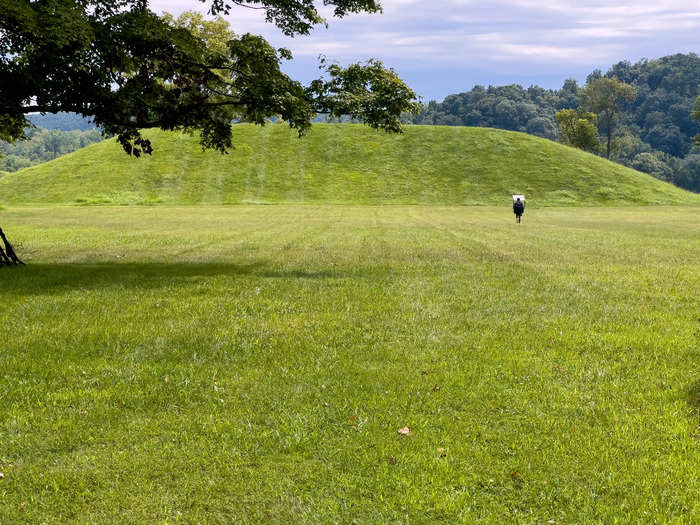
The United States' newest UNESCO World Heritage Site is the Hopewell Ceremonial Earthworks, which are a "series of eight monumental earthen enclosure complexes built between 2,000 and 1,600 years ago" along the Ohio River and its tributaries, according to UNESCO.
UNESCO calls the mounds the "most representative surviving expressions of the Indigenous tradition now referred to as the Hopewell culture," a group of various tribes who were connected by trade routes.
Grand Canyon National Park, Arizona
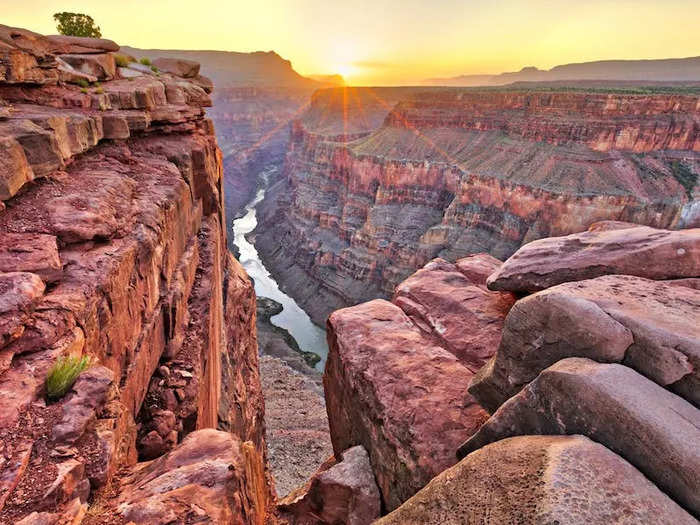
UNESCO calls the 4,920-feet-deep Grand Canyon, which is so big it could fit the entire state of Rhode Island inside it, the "most spectacular gorge in the world."
The Grand Canyon National Park is home to many rare or endangered species of animals and plants.
UNESCO says that the canyon is "among the earth's greatest on-going geological spectacles" and "its vastness is stunning, and the evidence it reveals about the earth's history is invaluable."
La Fortaleza and San Juan, Puerto Rico
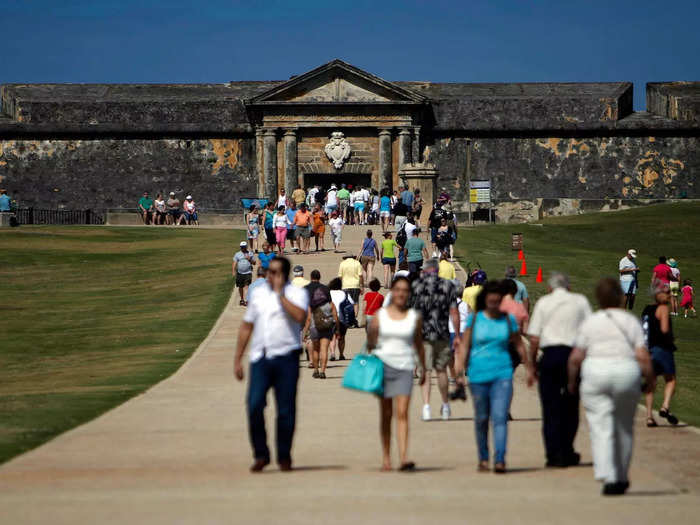
Defensive structures built in the bay of San Juan, Puerto Rico, between the 16th and 20th centuries "clearly illustrate both a transfer of technology from Europe to America over a long period," according to UNESCO.
"As one of the first as well as one of the last of the numerous seats of power in Spain's American empire, these structures are now potent symbols of the cultural ties that link the Hispanic world," it said.
The US National Park Service notes how "countries fought for control of this tiny yet strategic island for centuries," with the forts where soldiers lived and the structures that they built still intact.
La Fortaleza, the official residence of the Governor of Puerto Rico, was built to help protect the harbor of San Juan.
Great Smoky Mountains National Park, Tennessee and North Carolina
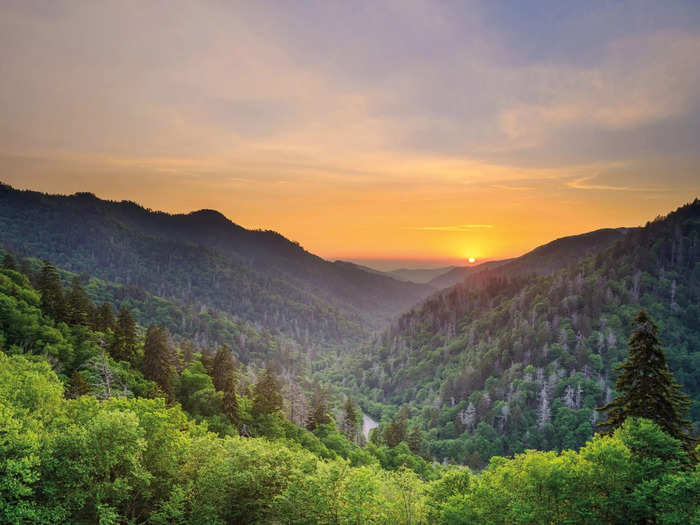
The Great Smoky Mountains National Park, which is on the border of Tennessee and North Carolina, stretches more than 200,000 hectares and is home to 19,000 documented species of plants and animals, including ones that were discovered there.
UNESCO describes the park as "relatively untouched" by humans, therefore giving us an idea of what the environment was like before we came along.
Independence Hall, Pennsylvania
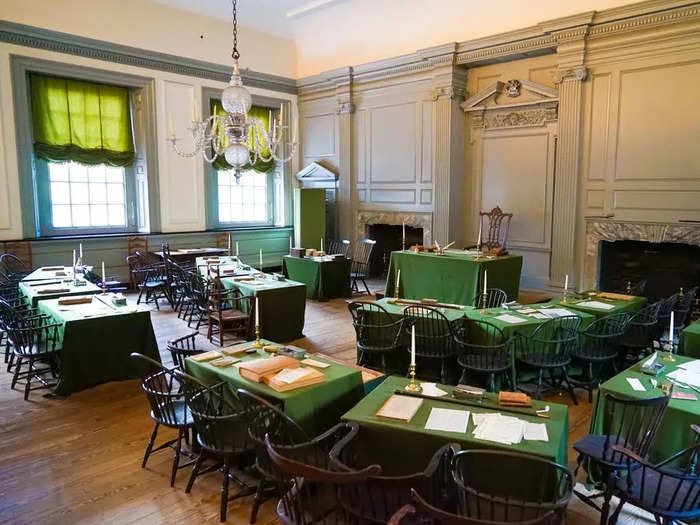
Philadelphia's Independence Hall is where both the Declaration of Independence and the US Constitution were signed, and is therefore one of the most important buildings in American history.
UNESCO notes that the "universal principles of freedom and democracy set forth in these documents are of fundamental importance to American history and have also had a profound impact on law-makers around the world."
Hawaii Volcanoes National Park, Hawaii
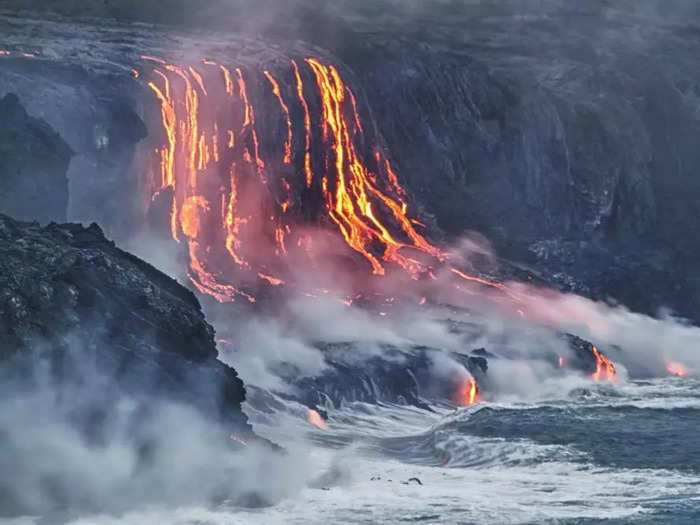
Hawaii Volcanoes National Park, which is located on Hawaii (the Big Island), contains some of the world's most unique landscapes.
It includes Mauna Loa and Kilauea, which UNESCO describes as "two of the world's most active and accessible volcanoes where ongoing geological processes are easily observed."
Thanks to ongoing volcanic activity, "the park's landscape is one of relatively constant, dynamic change."
Statue of Liberty, New York
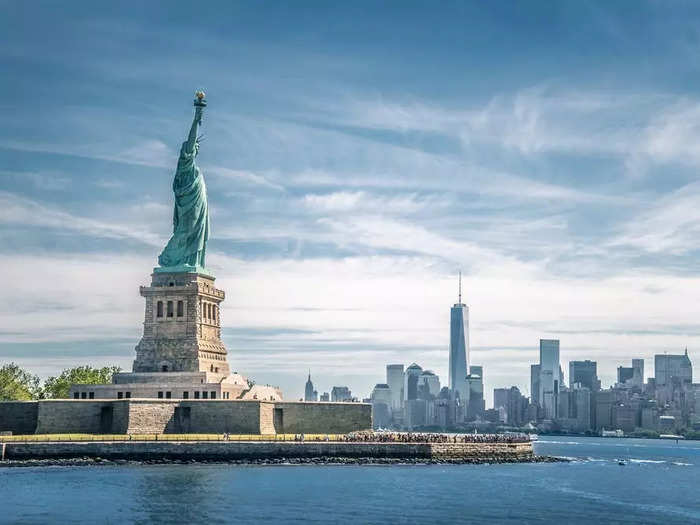
The Statue of Liberty's design and construction was recognized when it was gifted from the US to France as "one of the greatest technical achievements of the 19th century," according to UNESCO.
The statue, which was dedicated in 1886, was designed "to embody international friendship, peace, and progress, and specifically the historical alliance between France and the United States," UNESCO wrote.
More than 12 million immigrants passed through nearby Ellis Island between 1892 and 1954, and therefore, UNESCO notes, the statue has "welcomed millions of immigrants to the United States."
Monticello and the University of Virginia, Virginia
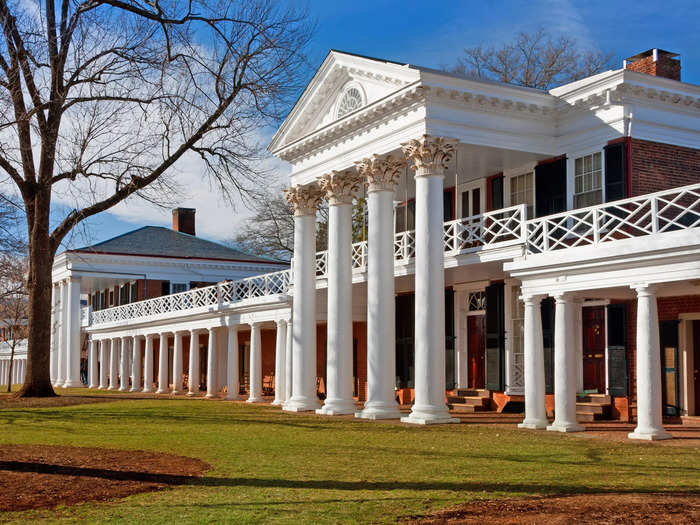
Located in Charlottesville, Virginia, the third US President Thomas Jefferson designed Monticello as his plantation home. He also designed the Academical Village, which forms part of the University of Virginia.
Designed across the 18th and 19th centuries, they were both "inspired by deep study of classical and contemporary examples and reflect Jefferson's aspirations for the character of the new American republic," according to UNESCO.
Cahokia Mounds, Illinois
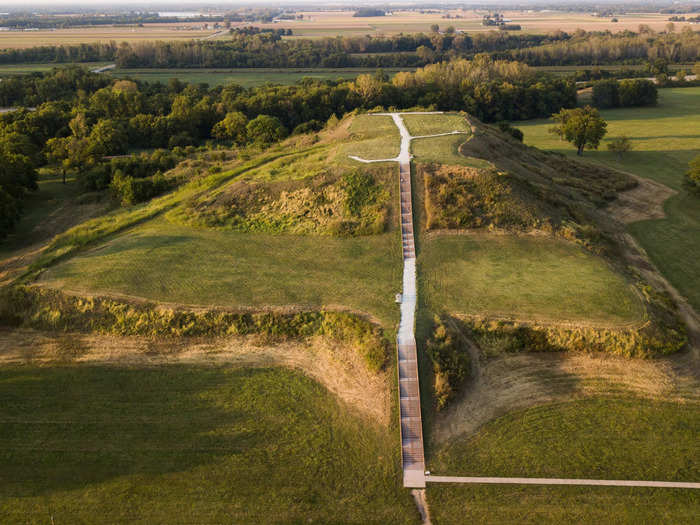
Located just across the Mississippi River from St. Louis, Missouri, the Cahokia Mounds State Historic Site features dozens of mounds across 3.4 square miles. It is the largest pre-Columbian settlement north of Mexico, according to UNESCO, with designated areas for uses including residences, governance, and ceremonies.
It is a "pre-eminent example of a cultural, religious, and economic centre of the Mississippian culture," UNESCO wrote.
Yellowstone National Park, Wyoming, Idaho, and Montana
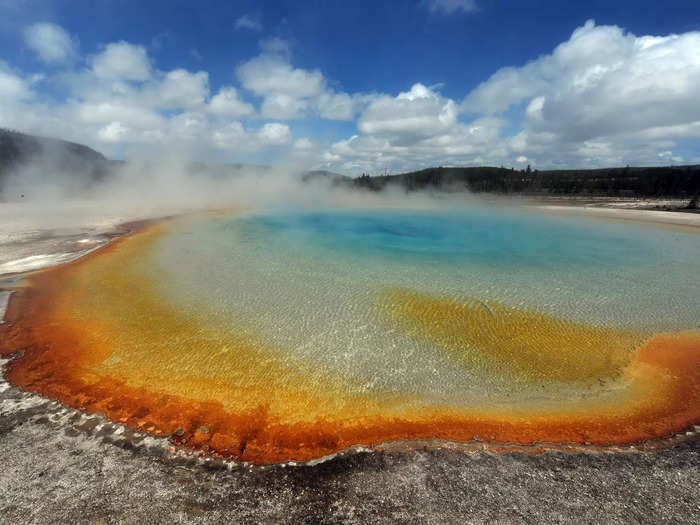
Yellowstone National Park contains "contains half of all the world's known geothermal features, with more than 10,000 examples," according to UNESCO, as well as the highest concentration of geysers on the planet.
Most of the park, which takes up almost 900,000 hectares, is in Wyoming.
It's home to geothermal features like geysers, which are rainbow-colored thanks to different types of bacteria.
Yellowstone is also full of animal life, including bears, bison, elk, and wolves.
Carlsbad Caverns National Park, New Mexico
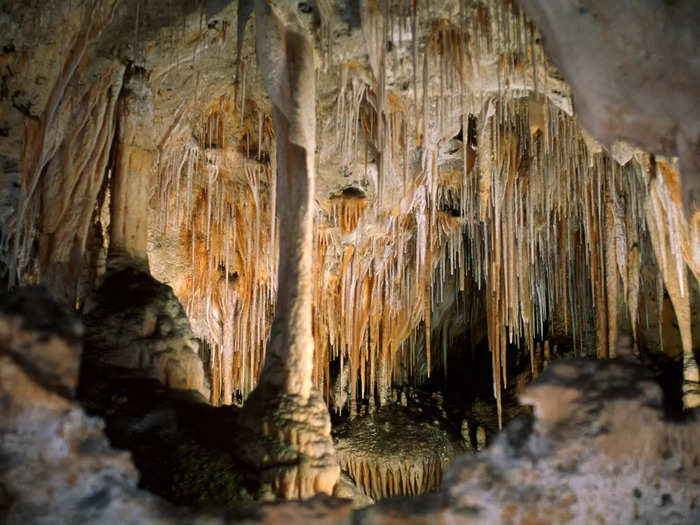
UNESCO recognizes more than 80 caves at this New Mexico site. The caves, it says, are "outstanding not only for their size but also for the profusion, diversity and beauty of their mineral formations."
Some of the caves, it says, act as an "underground laboratory" that means people can study geology "in a pristine setting."
Some of the chandeliers of rock are up to 18 feet long.
Glacier Bay, Kluane, Wrangell-St. Elias, and Tatshenshini-Alsek National Parks, Alaska
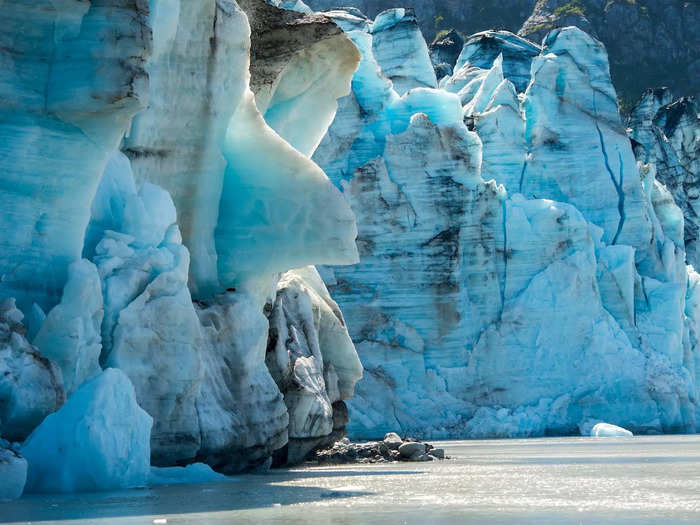
These four national parks along the border between Alaska and Canada "contain the largest non-polar ice field in the world as well as examples of some of the world's longest and most spectacular glaciers," says UNESCO.
The glaciers are still moving and altering the region, which is an important part of many animals' migration patterns. The parks are home to animals like bears, wolves, and caribou that are typically endangered but that are "self-regulating here," according to the organization.
The area is made up of many environments, from forest to tundra, with UNESCO describing the parks as "an area of exceptional natural beauty."
Taos Pueblo, New Mexico
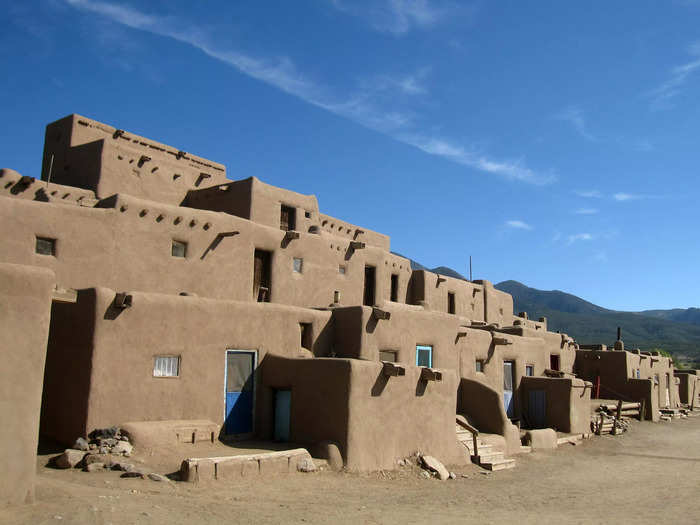
Taos Pueblo is the only Native American society that is still active that is recognized by UNESCO. The settlement was first created more than 1,000 years ago and is still in use today.
UNESCO says the community "represents a significant stage in the history of urban, community and cultural life and development in this region."
Visitors can tour the settlement, which is multi-level and where around 150 people live full-time.
Papahānaumokuākea, Hawaii
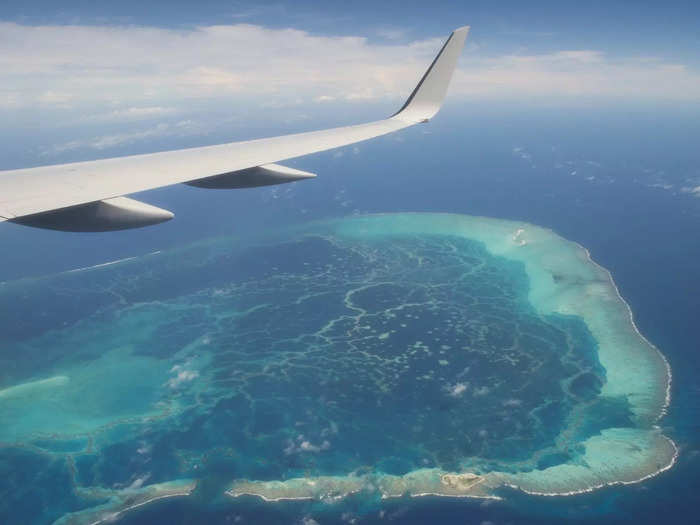
This cluster of islands close to Hawaii is one of the world's largest marine protected areas, with hotspots and coral reefs creating a home for animals like dolphins and sea turtles, and many endangered and threatened species depend on the areas to survive, UNESCO says.
The monument had to stop public access to the site, though people can still access aquariums and learning centers close to the site, and visit nearby islands that boast similar features, according to the US Fish & Wildlife Service.
According to UNESCO, the island's environments have "been altered through human use, and although some change is irreversible there are also examples of successful restoration."
San Antonio Missions, Texas
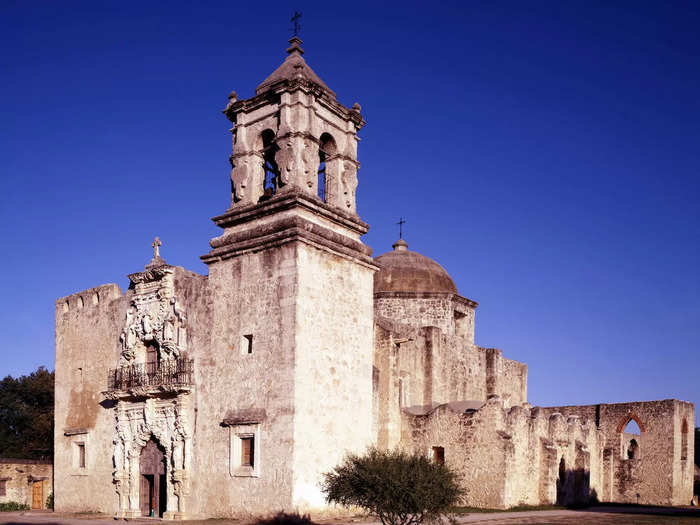
The five complexes that were built along Texas' San Antonio river in the 18th century were the base through which Spain sought to convert indigenous people to Catholicism, and show "the Spanish Crown's efforts to colonize, evangelize and defend" the region, according to UNESCO.
The churches are still in place, as well as accommodation, workshops, and farmlands.
Yosemite National Park, California
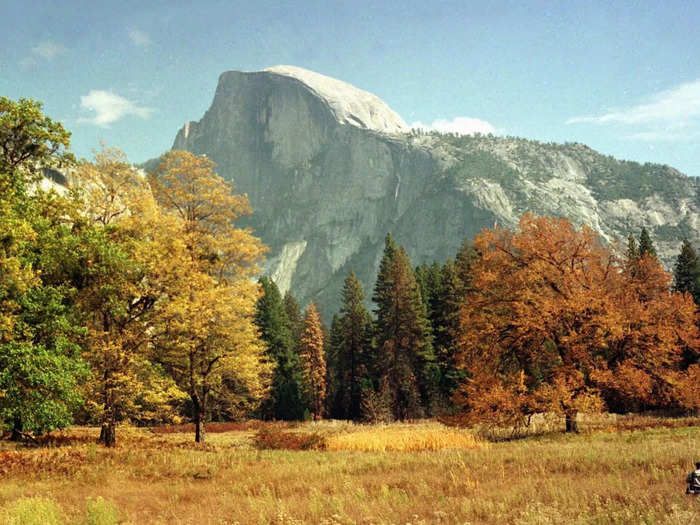
California's Yosemite National Park stretches for more than 30,000 hectares and is filled with geological features like waterfalls, hanging valleys, and domes of rock.
Past glaciers have created a unique landscape, including iconic landmarks like El Capitan.
UNESCO says the park has "exceptional natural beauty, including five of the world's highest waterfalls."
Chaco Culture, New Mexico
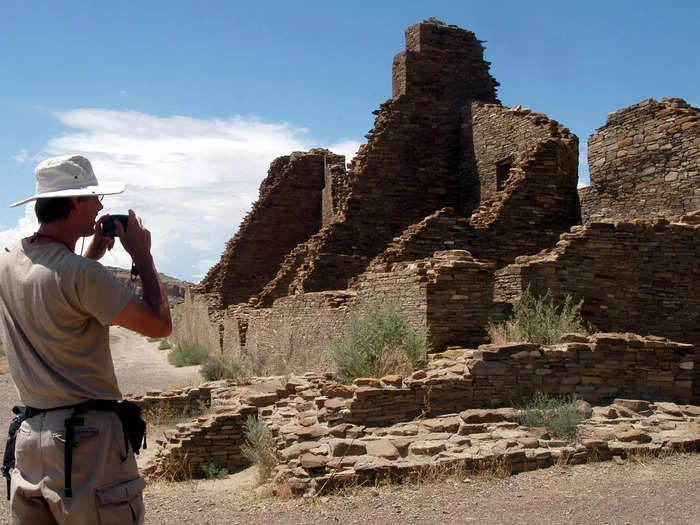
Chaco Culture is made up of a series of archaeological sites that preserve "outstanding elements of a vast pre-Colombian cultural complex that dominated much of what is now the southwestern United States from the mid-9th to early 13th centuries."
Evidence of the culture that dominated the region for more than 400 years is still preserved, including walls and roads, in the heritage site, which includes Chaco Culture National Park.
UNESCO notes that the civilization's "achievements are particularly remarkable given the harsh environment of the region."
Mesa Verde National Park, Colorado
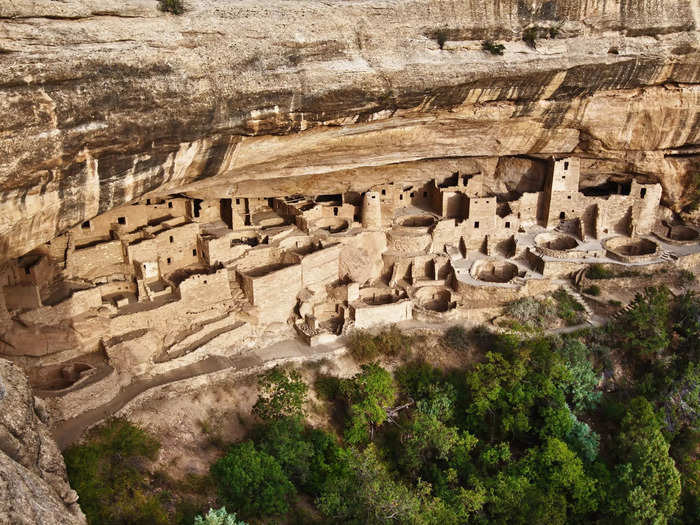
UNESCO recognizes the Pueblo Indian dwellings built in Colorado between the 6th and 12th centuries. Homes were built into the cliff face, and visitors can explore them with ladders.
The view from the structures is also particularly breathtaking.
Waterton Glacier International Peace Park, Montana
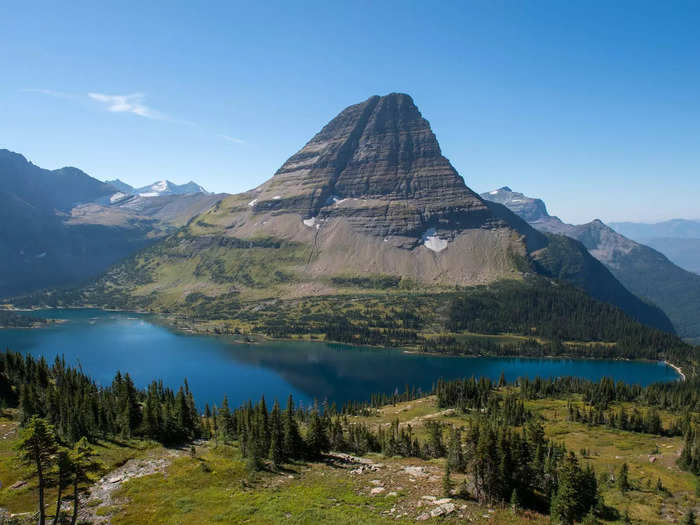
The park, spread out over Montana and the Canadian province of Alberta, is made up of two national parks that were merged to create "the world's first International Peace Park."
UNESCO describes the park as "offering outstanding scenery."
Mammoth Cave National Park, Kentucky

Mammoth Cave National Park has the world's longest cave system, comprising more than 348 miles of surveyed underground passages.
"Mammoth Cave exhibits 100 million years of cave-forming action and presents nearly every type of cave formation known," UNESCO wrote.
The caves have been found to be home to more than 130 species, including endangered species of plants and animals.
The Everglades, Florida
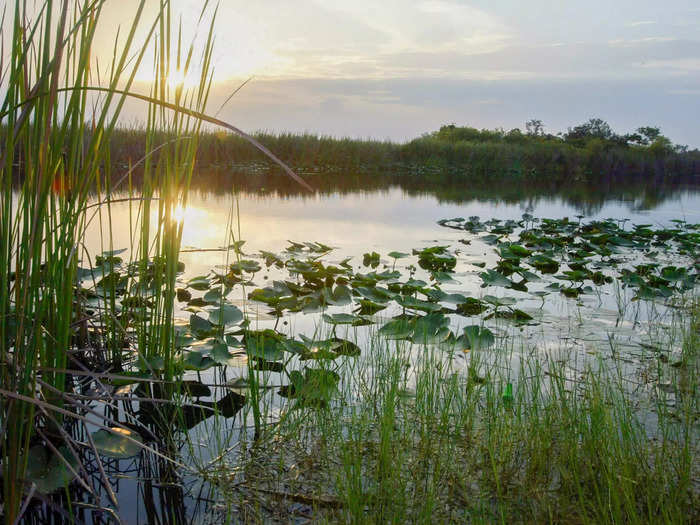
Florida's Everglades have a vast variety of habitats including forests and marshes that support endangered animals like the manatee.
The Everglades contains the largest mangrove system in the western hemisphere and is the "largest designated sub-tropical wilderness reserve on the North American continent," according to UNESCO.
It is also on UNESCO's "in danger" list, which means the organization thinks a major response to save the area is needed.
Olympic National Park, Washington
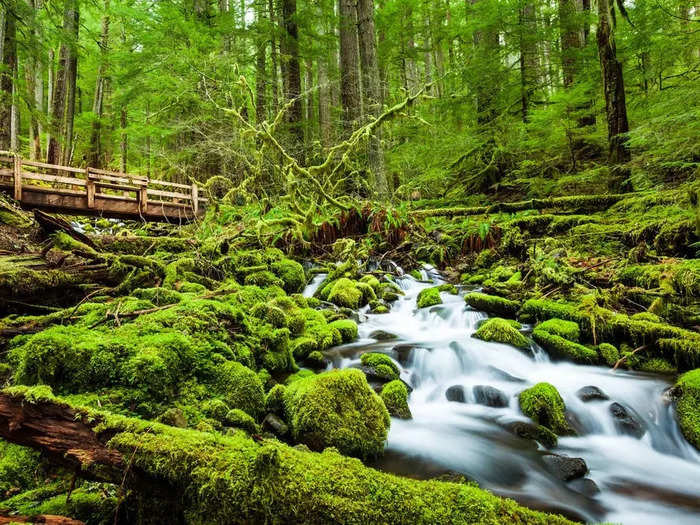
Filled with old forests and snowy peaks, Washington's Olympic National Park is unique in the sheer scale of its wilderness.
This makes it rich in many plant and animal species, including endangered species like the northern spotted owl.
Redwood National and State Parks, California
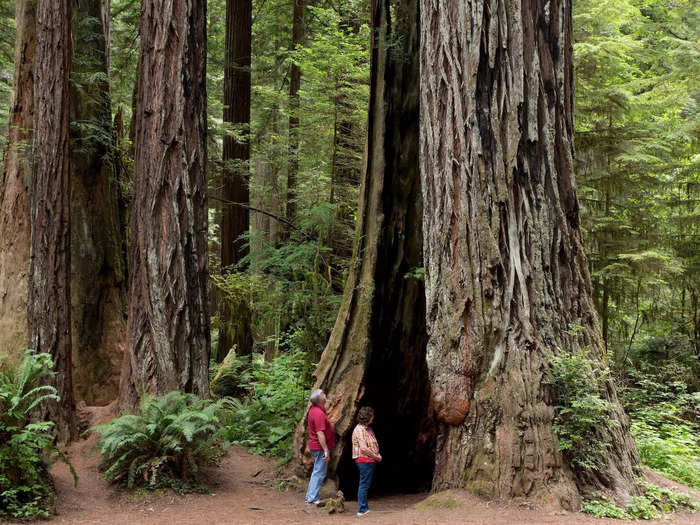
The parks, which are more than 53,400 hectares, are home to a group of trees that have existed for 160 million years, and are the tallest living things on the planet.
It also contains coastal mountains and beaches, making it home to a diverse range of plants and animals including sea lions and bald eagles.
Monumental Earthworks of Poverty Point, Louisiana
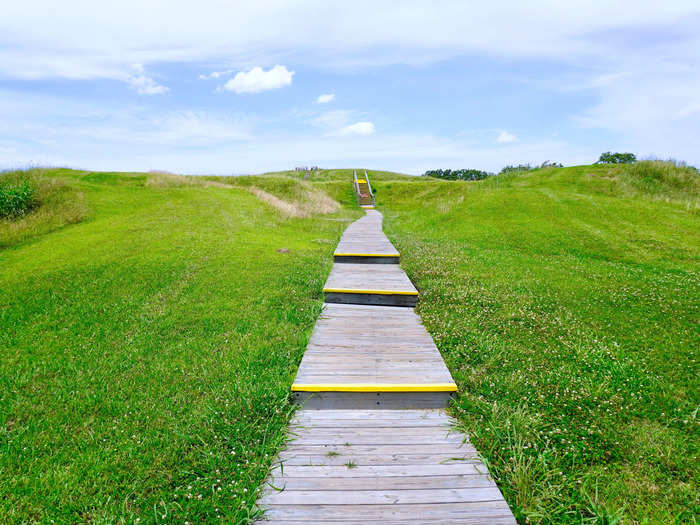
The site, close to the Mississippi River, shows monuments constructed around 3,500 years ago by hunter-fisher-gatherers.
UNESCO calls the site "a remarkable achievement in earthen construction in North America that was unsurpassed for at least 2,000 years."
The 20th-Century Architecture of Frank Lloyd Wright, Illinois, Wisconsin, California, Pennsylvania, Arizona, and New York
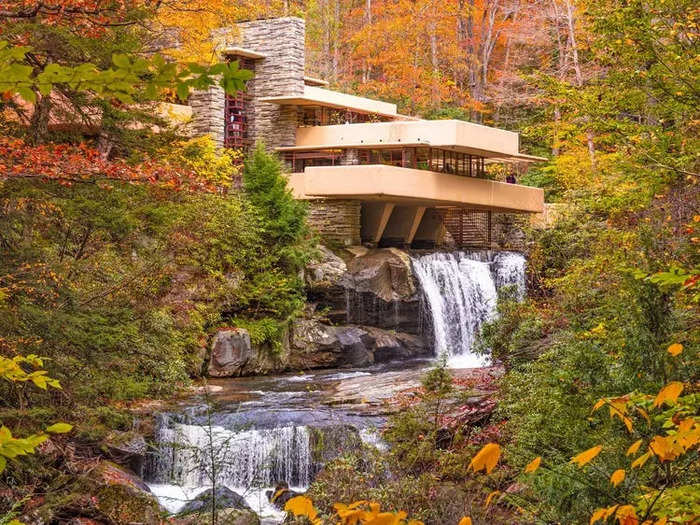
This site is eight structures spread across the US: Unity Temple in Oak Park, Illinois; the Frederick C. Robie House in Chicago, Illinois; Taliesin in Spring Green, Wisconsin; Hollyhock House in Los Angeles, California; Fallingwater in Mill Run, Pennsylvania; the Herbert and Katherine Jacobs House in Madison, Wisconsin; Taliesin West in Scottsdale, Arizona; and the Guggenheim Museum in New York, New York.
What they have in common is that they were all designed by Wright, one of the most famous architects of all time. UNESCO says each structure "reflect[s] the 'organic architecture' developed by Wright," which "includes an open plan, a blurring of the boundaries between exterior and interior and the unprecedented use of materials such as steel and concrete."
Popular Right Now
Popular Keywords
Advertisement